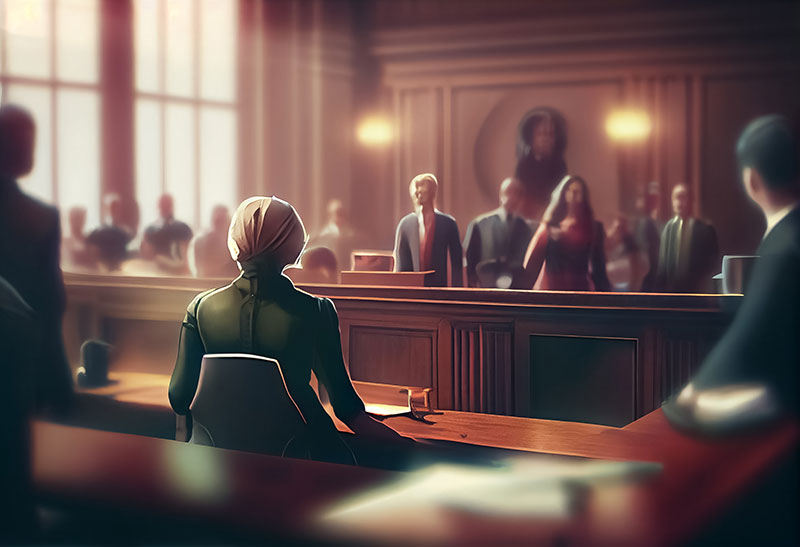Courtroom Illustration in Modern Legal Practice
Courtroom Illustration in Modern Legal Practice
Blog Article

Modern litigation demands clear, engaging presentation of evidence. Courtroom illustrations are now vital to help jurors understand complex events and expert testimony. LawFX specializes in producing precise, strategic visuals for trial and pre-trial support.
Understanding Courtroom Visuals
Unlike media sketches, these visuals aim to explain—not just depict—key scenes or events from a case. They may include accident reconstructions, injury check here depictions, or medical procedure visuals. LawFX ensures each piece aligns with legal standards while enhancing testimony.
The LawFX Approach to Legal Illustration
Their illustrations are custom-built after consulting with lawyers, witnesses, and experts. Whether for trial, mediation, or depositions, their visuals enhance legal messaging across the board.
How Legal Illustrations Improve Trials
In court, time is short and information is dense. Visuals simplify the technical, making abstract or complex topics accessible to everyone. This improves juror retention and creates stronger emotional impact during trial.
Courtroom Illustration and Legal Graphics—What’s the Difference?
They're used to organize arguments or highlight key facts. LawFX often combines both to deliver a unified, persuasive presentation strategy.
Attorneys and Professionals Who Benefit from Trial Illustration
Attorneys in fields like personal injury, product liability, and malpractice use visuals to explain their case. The versatility of these visuals makes them valuable across all phases of litigation.
Where Trial Illustrations Make a Difference
Injury claims, defective products, surgical error cases, and construction failures all benefit from visuals. LawFX's expertise helps clarify these high-stakes issues through careful illustration.
The Illustration Process at LawFX
Next, they collect evidence, photos, expert reports, and medical records. Revisions are made until a final court-ready visual is produced. This collaborative method ensures that every visual is effective, precise, and courtroom-approved.
Illustration’s Role in Juror Decision-Making
Most jurors are unfamiliar with technical language or specialized procedures. This translates into better-informed deliberations and stronger cases overall.
Standards for Courtroom Illustration
They collaborate with experts to confirm that each illustration reflects actual evidence. Avoiding exaggeration or misleading design ensures their work withstands scrutiny and contributes to trial success.
How Legal Art Supports Mediation and Arbitration
They show the strength of a case in ways that copyright cannot. Attorneys use them to influence settlement terms or simplify complex arguments during mediation.
What Clients Ask About LawFX
What visuals do you create? Courtroom illustrations, trial graphics, 3D models, and digital presentations.
Are they admissible? Yes—they meet evidentiary standards and are reviewed with experts.
What’s the difference between illustrations and trial graphics? Graphics show data; illustrations show events or scenes.
Where can they be used? In court, settlement, depositions, and mediation.
How long does it take? Simple visuals take days, complex ones may take 1–2 weeks.
Why Courtroom Illustrations Matter
They’re no longer optional—they’re essential. LawFX stands out by combining artistic talent with legal understanding.
Report this page